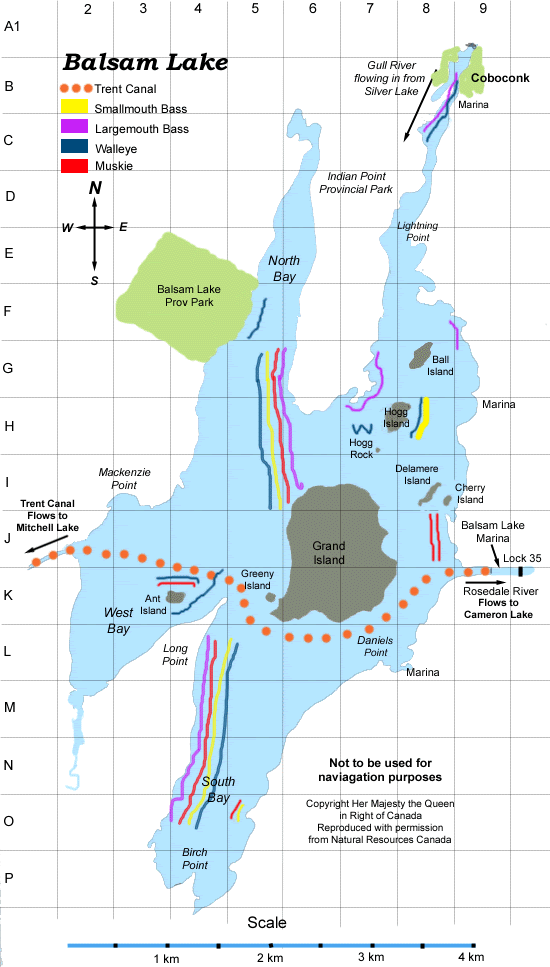Fishing on Balsam Lake
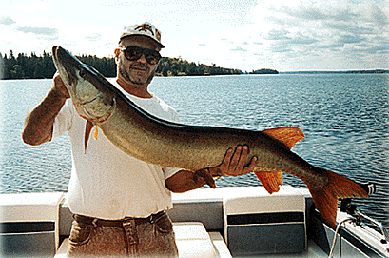
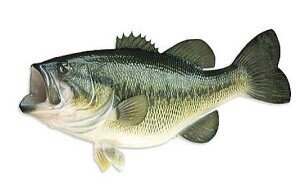
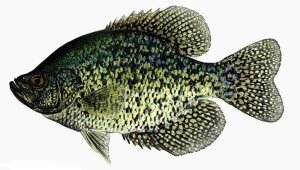
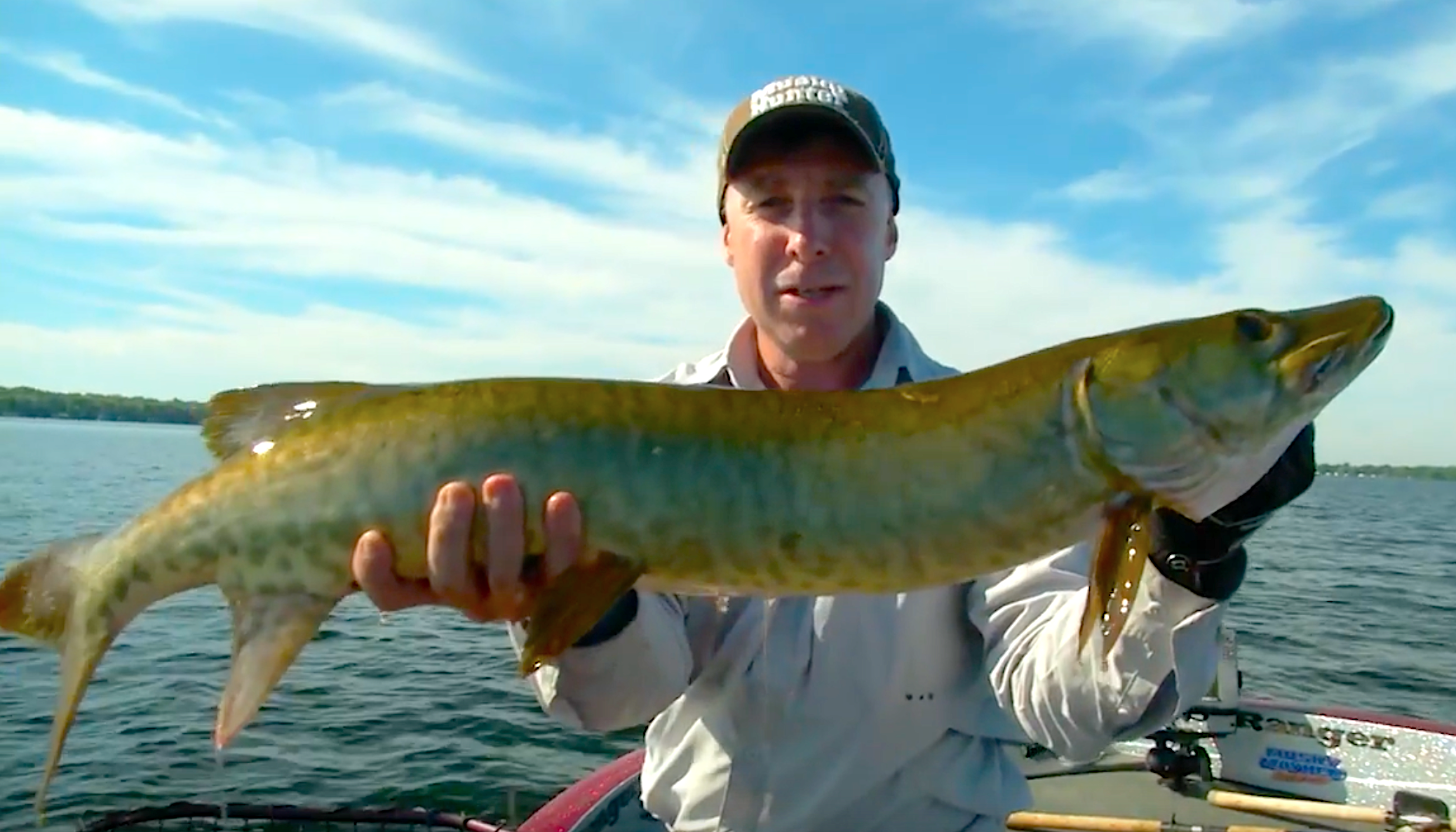
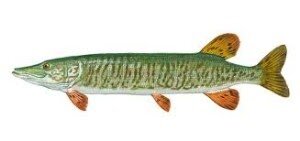
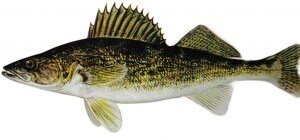
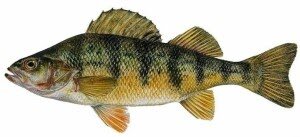
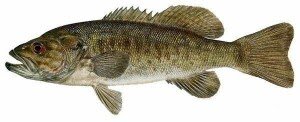
Fishing in the region is top-notch and sure to offer challenges and excitement to everyone, from the rookie to the seasoned angler. Balsam Lake is particularly well known for its bass fishing. Whether you are looking for smallmouth or largemouth bass, you are in the right place. Balsam Lake provides a lot of structure, so you can successfully hunt for bass along island shorelines and weed beds throughout the lake. If you are looking for Walleyes, try some shallow water trolling first thing in the morning or last thing in the evening. Overcast days are also good; walleyes tend to be more dormant when the light is too bright. May to June is the peak walleye season in the area. They can still be caught all summer; you might have to work harder to get some delicious fish in the boat.
Balsam Lake has some of the best fishing opportunities in Ontario. Below is a brief listing of what you can expect to reel in on Balsam Lake
SMALLMOUTH BASS
Smallmouth are most active from late spring to late autumn and can usually be found in more open water or along rocky points, drop-offs, or shoals.
Try curly-tailed jigs, crankbaits, shallow-diving spinnerbaits, in-line spinners, streamer flies, or crayfish imitations when targeting smallmouth.
SMALLMOUTH BASS FACTS
Average sizes: 1 to 3.5 lbs (.45 to 1.58 kg)
Habitat and temperature: They live in deeper water, often around rocks, sand, or gravel. They prefer water temperatures under 70°F (21°C).
Biology: Spawn in late May and June in fanned-out bottom depressions. They deposit their eggs in shallow, gravelly areas. Males guard eggs and fry.
LARGEMOUTH BASS
Largemouth Bass are most active from early summer to early autumn.
They can typically be found in areas rich in aquatic plants and with flooded stumps, logs, standing timber, and brush.
Popular lures for largemouth are plastic worms, top-water lures, shallow-running crankbaits, weedless spoons, and buzz and spinnerbaits.
LARGEMOUTH BASS FACTS
Average sizes: 1.5 to 4 lbs (.68 to 1.8 kg)
Habitat and temperature: Inhabit shallow, warm waterbodies with aquatic vegetation, submerged wood, man-made cover, and rocks. They prefer 79 to 81°F (26 to 27°C) water.
Biology: Spawn in late May and June in fanned-out bottom depressions. Largemouth prefer vegetated, quiet bays.
MUSKIE
Though rare, muskies exceeding 70 pounds (31.8 kg) still roam our waters — so, in prime habitat, you never really know if you’ll experience a relaxing day of fishing or set a new world record.
It’s best to fish for these powerful predators after the season opens in June and again in September when water temperatures cool. July and August, however, produce substantial numbers of small to medium-sized muskies.
Key daily fishing times include morning and evening when baitfish activity peaks between 1 p.m. and 4 p.m. Muskies are also active in many lakes for a few hours after midnight.
Good habitat varies from lake to lake and river to river, but the basics usually remain the same. Sunken islands, points, saddles between visible islands, bottlenecks in current flows and weed beds all hold promise if they’re within casting distance of deeper water. Look for muskie to hold in transition zones at drop-offs. Work each location from top to bottom.
Effective lures for muskies are large surface or diving lures, spoons, and bucktail spinners. They also like live bait, such as suckers, chubs, and frogs.
Don’t forget landing and release equipment. Muskies are powerful fish with razor-sharp teeth. Care must be used when handling them to avoid injuries to the angler and the fish.
MUSKIE FACTS
Average sizes: 10 to 20 lbs (4.5 to 9 kg).
Temperature and habitat: Often found in water up to 78°F (25.5°C), but big muskies, like big northern pike, prefer cooler water. The optimum spawning temperature is 55°F (12.8°C). Lives in various habitats, usually near cover or structure, but will suspend over deeper water.
Biology: Spawns in spring later than northern pike in many of the same vegetated flooded areas. Can hybridize with northern pike to produce sterile, fast-growing “tiger” muskie.
WALLEYE
Anglers can find these prized game fish everywhere on Balsam Lake. Many have been caught right off the dock from Balsam Resort!! When you catch them, a great shore lunch is waiting to be had!!
Walleye are most active during spring and fall. It’s best to fish for them at night, overcast, windy days, or in stained water, as the walleye’s eyes are specialized to help the fish feed in low-light conditions.
Many anglers catch walleye by trolling with crankbaits along weed lines, rocky points, and over sunken reefs after dark. Some of the largest walleye are caught this way during evenings of a full moon.
During the day, walleye can often be found in deeper water over rocks and weedy cover. Then, one of the easiest and most effective tactics is to drift and jig just off the bottom over likely cover until you locate a school.
Some anglers prefer to troll using spinners, spoons, and deep-running crankbaits. Others specialize in the delicate presentations of minnows, night crawlers, crayfish, or leeches.
Walleye are schooling fish, so it’s a good idea to throw out a marker once the first fish is caught. Once located, casting to the school can be quite productive.
Average size: Between 1.5 and 3 lbs (.68 to 1.36 kg). It is, though, common to catch walleye topping 10 lbs (4.54 kg) in Ontario.
Temperature and habitat: It prefers stained waters in the 60 to 70°F (15.5 to 21°C) range, usually on hard, rocky bottoms, but it also frequents weed beds in shallow, fertile lakes.
Biology: Spawns after ice-out in rocky rivers and over wind-swept, rubble-strewn shoals and shorelines. Walleye are prolific and scatter eggs randomly.
PANFISH
Balsam Resort waters grow a variety of panfish, including crappie, bluegill, perch, and more. They’re the perfect summer fish for kids of all ages.
Crappies travel to schools during the summer and winter. Open-water anglers get their first crack at them as the ice clears from backwaters in April or early May, and the fish move inshore to feed.
The top spots include man-made boat cuts, canals, and shallow bays with cover (wood, weeds, docks).
By late May and June, more fish move in to spawn. In summer, they are along deep weed lines or suspended farther out.
They’ll hit during the day, especially during overcast weather, but morning and evening are prime times.
Black crappie and other panfish will take small live minnows, spinners, panfish jigs, mini-crankbaits, and streamer flies. Perch are more bottom-oriented than crappie.
Light slip-sinker rigs or split shots and a hook with a worm or small minnow are all you need to catch them. Panfish jigs, cast or hung under a slip-float, are also effective.
BLACK CRAPPIE FACTS
Temperature and habitat: They are sown in shallow, weedy areas when water temperatures reach 68°F (20°C), usually May through June.
Biology: Males guard eggs and fry. They suspend offshore for much of the year but move to the edge of weed lines, points, or shoals or rise to the surface to feed in low-light conditions.
YELLOW PERCH FACTS
Average size: To .75 lb (.34 kg).
Temperature and habitat: The summer habitat ranges from weedy areas to rock/sand/rubble shoals to mossy mud flats, but the perch occasionally suspends to follow forage. The preferred water temperature is 68°F (20°C).
Biology: Spawn in early spring, scattering eggs in shallow water around vegetation and submerged wood


